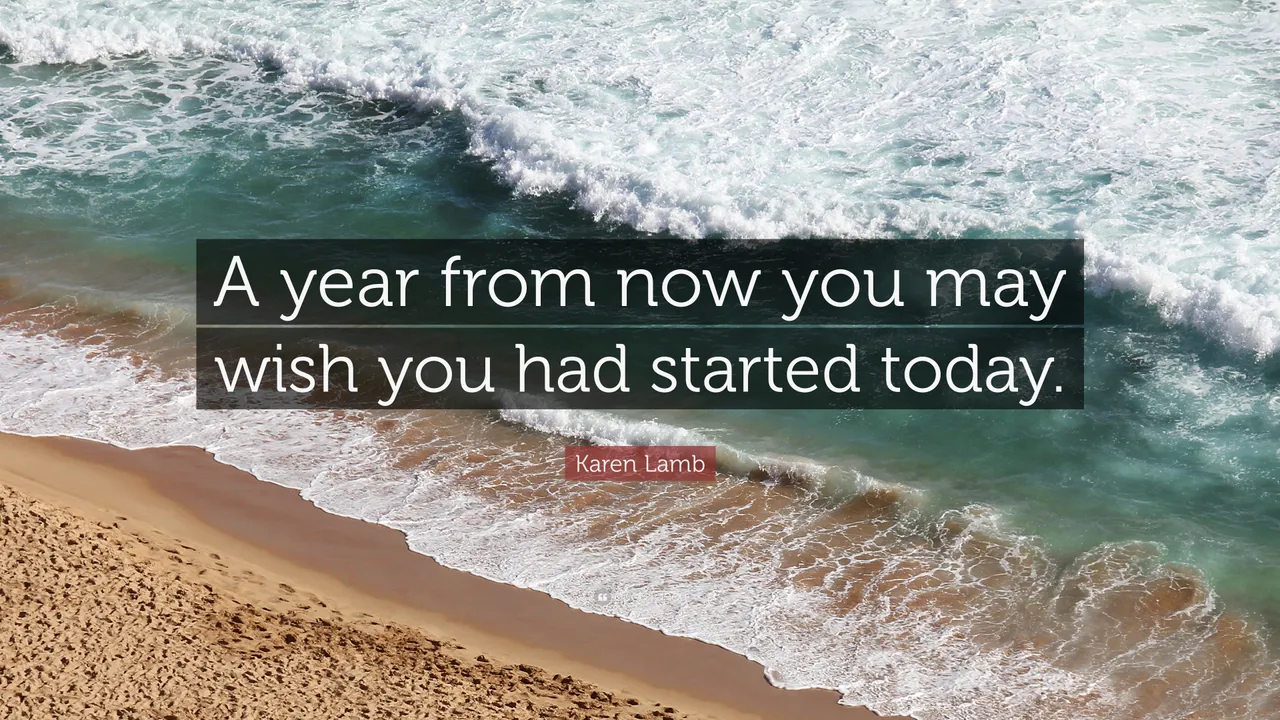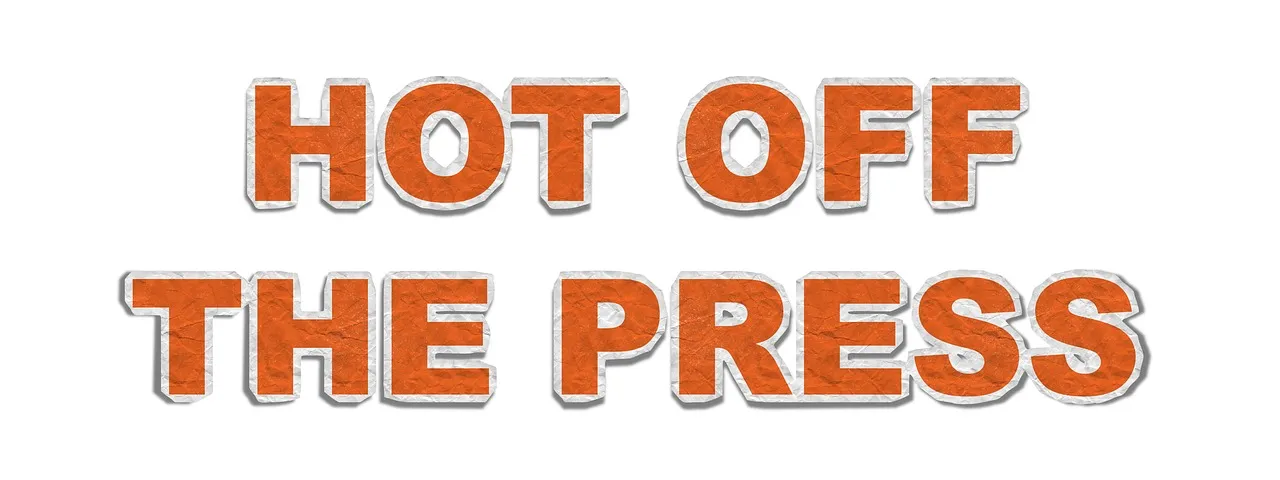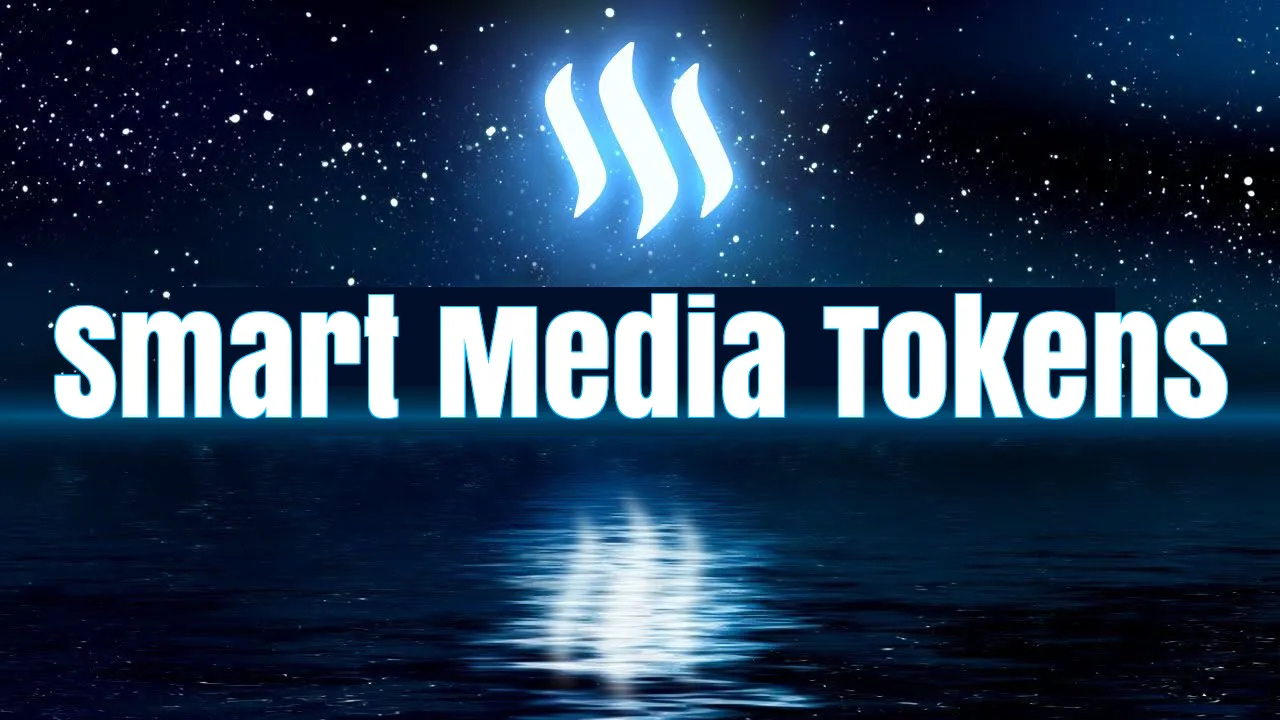
September 28, 2019 – Two years ago, when I got the call, my uncle sounded desperate. After graduating from UCLA with a marketing degree, I had gone to work for a consulting firm in Los Angeles. But I couldn’t save the Daily Ledger of Spokane, Washington, could I? It was one of the last family-owned newspapers and news websites in the United States. Like many others, it was dying.
Subscriptions were down for both the print and online editions, ad revenue on the website was falling, and there wasn’t a viable business model in sight. It seemed that our 80-year old family business was nearing its end. Like so many other independent news organizations, the Daily Ledger was finding it hard to survive in the 21st century.
Going to work for my uncle’s newspaper should have been a career-killing move. Family loyalty alone would not have taken me back to Spokane. And yet, I shocked myself by accepting his job offer and moving back home in a desperate effort to save a dying business.
Why did I do it? Because he mentioned “bitcoin” and opened the door to a grand experiment.

“You’re our last hope, Jeremy. We need your marketing magic for the Spokane Daily Ledger. Even use that Bitcoin if it helps.”
Two years earlier at Christmas dinner, I had bored my whole family with my passion for Bitcoin and cryptocurrencies. My advice to them was about as welcome as Grandma’s fruitcake (which is to say, family members were polite enough to pretend interest, but no one really wanted any). Apparently, my uncle had not forgotten my statement that day that “Cryptocurrencies could save newspapers”.
Fast forward a few months: I moved back to Spokane and was hired by my uncle as the Daily Ledger’s Director of Strategic Planning with instructions to do anything necessary to save the business. And I did stop the downward spiral in advertising, but only because we implemented a Smart Media Token (SMT).
We ruled out Bitcoin. It was too slow, too expensive, and bore all the hallmarks of a prototype that had not been improved upon as much as its successors. We also looked at Dash and other cryptocurrencies. We even considered doing an Ethereum-based ICO – way too expensive.
And then I learned about Steem’s Smart Media Tokens (SMTs). This proved to be the ideal solution, providing the best technology at a low cost, and with transactions that are instant and free. The Daily Ledger of Spokane became one of the first news organizations to integrate an SMT for our subscription-based news site.
The Steem SMT Saved Our Family Business. Here is How We Did It.
Month 1
With help from the team at Steemit, we launched the DAILY token about 18 months ago. Setting it up was “plug and play” simple and we found the process very user-friendly. Distribution, inflation, and an internal market: they let us tailor every option to suit our needs. But we wisely took our time to understand the implications of each choice before selecting the ones that work best for the DAILY token.
Month 2
After launch, we decided to focus first on our subscribers and advertisers. Each user who subscribed to the Daily Ledger’s online edition, ordered the print edition, or purchased an ad on either, received DAILY tokens as a loyalty reward. We had fun with it, holding some local events where we also gave DAILY tokens away on a radio show and increased the buzz.
Month 3
Once the internal market was set up, we announced that DAILY tokens would be accepted for subscriptions or ad placements. We also offered to buy back tokens through our internal market, but we valued them at a higher rate for the subscriptions and ad buys than for the market buybacks.
Most DAILY holders chose to use them for subscriptions or ad buys. Others held their tokens. Soon, a handful of DAILY holders (and investors from outside our region) realized they could use the internal market to bridge the gap between the low buybacks and the higher use value. An active market developed and they forced the price up to the rate we had set for the subscriptions and ads.
Month 4
The local buzz really grew. National news media covered our experiment. For the first time in 15 years, subscriptions and advertising stopped declining and began to increase.
We made a decision to implement Steemit-style voting for articles on our website, giving the rewards to article authors as a bonus, and taking only a modest percentage for the newspaper’s own administrative costs. We delegated DAILY tokens to each subscriber and advertiser, letting them choose the content that best deserved to be rewarded, and allowing each to earn also from curation rewards based upon their voting.

User engagement on the site increased tenfold. Each article had comments on it, which author was earning rewards as well. 30 days later, our top journalists had effectively doubled their salaries and everyone was earning more. Because we had set a non-author employee pool as the beneficiary for a small % on each article, employees from the ad department to the print room got into the fun and earned from the game as well.
Month 5
We received 176 job applications from journalists around the world. Never had so many people expressed a desire to work for our small newspaper and website in Spokane, Washington.
Month 6
We experimented with allowing non-subscriber accounts and eliminating subscriber paywalls for two large sections of article content. When the results were analyzed, it was clear that the journalists writing in these free areas earned more than those whose articles were protected by paywalls.
Month 7
The paywalls came down and subscriptions were eliminated. Under pressure from our employees, we opened up all areas of the news website for free access. When the local union chapter came to us with the employees’ demand to eliminate paywalls, we were ready with a counter-request to reduce the salaries paid in U.S. dollars for all journalists.
Amazingly, the union agreed to cut salaries in exchange for its employees having access to greater financial opportunities via upvotes on their content. We already had decided to bring down the paywalls, enabling free access and rewards potential for all content. Yet we still let the union “convince” us to eliminate paywalls in exchange for the salary cut.
Month 8
My uncle retired and they made me CEO of the family news business. A deli down the street and the barbershop on the ground floor of our building announced they will accept DAILY tokens for all transactions.
Month 9
We implemented a new “subscription” model in which subscribers would receive delegations of DAILY tokens in their accounts. Delegations became the new subscriptions. Until this point, previous subscribers and advertisers had been grandfathered in with accounts that contained some delegated DAILY tokens (and thus an opportunity to have more influence in voting and earn more curation rewards).
Now, everyone would have to pay for these subscriptions/delegations. And they did, because we priced them below the opportunity cost of the curation rewards these subscribers could earn by voting regularly or leasing their voting power to others. We still made good money, selling plenty of them at a low price.
Month 10
I was invited to be a keynote speaker at a huge cryptocurrency convention in Tokyo. Steemit was the main sponsor, which may have been a coincidence.

Month 11
All advertisers were moved to a subscription-based model also. Ad areas on the site were turned over to the marketplace where merchants could bid on each spot. They could use their accounts’ DAILY stake (delegated via subscriptions or filled by amounts they had purchased themselves) to make bids.
A few longtime local merchants grumbled and were not interested in participating, but they were more than balanced out by the interest from new advertisers from outside our region who wanted to reach our growing base of users.
Month 11
For the first time in decades, our company’s headquarters building had a 100% occupancy rate. A leading Silicon Valley venture capital firm leased the last vacant offices for the new Spokane-based location of its cryptocurrency accelerator hub.
Month 12
We convinced three other independent newspapers in other parts of the country to join our DAILY network. We essentially bought them out by giving them DAILY tokens or renting them large delegations of DAILY tokens with which to monetize their sites.
It wasn’t long before they asked us to host their content as well. They sold us any remaining assets and became subsidiaries of our company.

Month 13
Our news organization was named as one of Inc Magazine’s fastest growing companies in America. My mother cried when she saw me on the cover.
I was contacted by a large ring of porn websites, which wanted to monetize its content using DAILY tokens. Their deal would have added a ton of volume, easily doubling or tripling the value of the DAILY. But I turned them down, knowing my mother wouldn’t approve.
Month 14
A leading New York-based financial institution tried to pitch me on taking our family business public with an IPO/ICO. Why would we do that? I turned them down.
Month 15
We had to hire more journalists. Several of our longtime employees retired early and moved to warm tropical islands. The new journalists do not get salaries. They are thrilled to work for the chance of getting DAILY token-powered upvotes. In that sense, they aren’t employees anymore, but content creators we have invited to join our team brand.
The local union does not object to this. We already purchased them a new office on a warm tropical island. Electricity is a bit spotty there, but we haven’t heard from them in months.
Month 16
We bought the Washington Post, one of the world’s largest news organizations, from Jeff Bezos. He needed to raise money for his upcoming trip to Mars. We paid him in DAILY tokens. In my first online meeting with the Post’s employees, I told them that they might have experienced some changes under Jeff, but they hadn’t seen real innovation yet. Welcome to the blockchain, where money talks and good content creators get the rewards they deserve.
Month 17
UCLA invited me to give the commencement address this year for its Steem-Anderson School of Business. I accepted on the condition that they stop calling to ask me for donations. Don’t they have something I can upvote instead?
Month 18
I put my intern in charge and moved to a warm tropical island. The blockchain runs the majority of the business now, so there isn’t that much to do most days.
I saw a guy down here who had his laptop on the beach and was upclicking something, so I asked him about it. It turns out he was an early adopter of Steem even before they launched the Smart Media Tokens (SMTs). He had some strange screen name, like a farm animal, but I’ve forgotten what it was. Apparently, he still logs in every day to vote on new content he finds.
Today
My uncle called and thanked me for saving our family business. He says I made him proud. I told him to thank the folks at Steem also. It was their Smart Media Token (SMT) that enabled us to kill the paywalls and monetize the content for our family business, turning it into the next big thing.
The story above is fictional (as the date of the article also suggests), but let's make it happen. All images from Pixabay or public domain sources.

